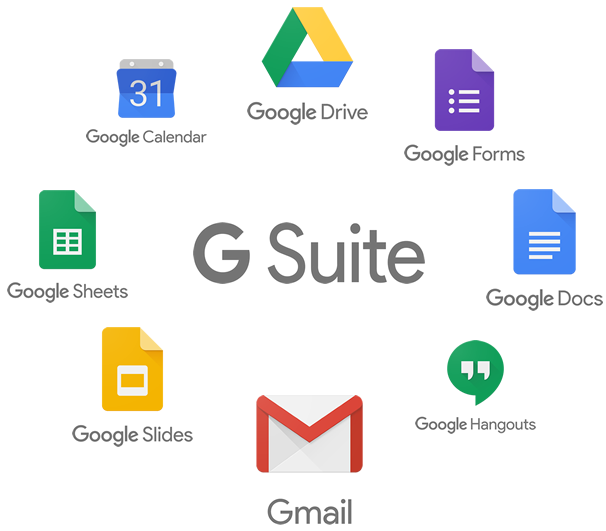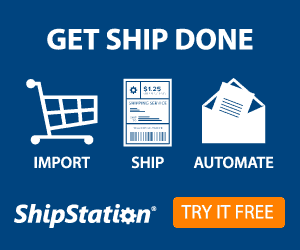Intercom vs. Zendesk: Scaling Customer Service
Here at Techretaries, we believe interfacing with customers in a meaningful way is the foundation to providing quality customer service.
This usually means quick response times from a courteous, knowledgeable support staff. Prepared to answer every question with vigor and aplomb. Until your business starts to grow. A lot. Then what? How do you scale your customer service systems so that you maintain customer loyalty? We present to you Intercom vs. Zendesk: Scaling Customer Service.
When smaller businesses are faced with customer service inquiries they often have the grit and commitment to be there right away any time of day. It’s part of building a business that people feel they can trust and rely on. And it doesn’t often inspire confidence to be left on hold for any period of time. And this is exactly why Intercom exists.

https://pixabay.com
“The robot won’t stop attacking my… they put me on hold again.”
Intercom Systems hinges on the idea that every client should be assisted right away.
When a customer visits a website utilizing Intercom, they are immediately sent to company agent’s computer, phone or tablet. The conversation, in theory, starts right away. You can chat directly with a person and always feel you are getting somewhere with your issue or inquiry.
This is a brilliant idea. Every customer gets direct attention of one customer service agent and it feels a lot like texting. But there are a couple of major drawbacks to this approach. The first, no ticketing support. Intercom actually stands by a model of simplicity. Each issue should be addressed at the time and each customer should be left open until the issue is solved. Which means there is no organized approach to multiple issues at once and no recognizable point of contact if a customer casually checks back on a conversation that’s been closed by an agent.
But, unfortunately, they end up flushed back into the system as brand new especially if they don’t identify themselves and specifically reference their issue.
Again, this seems like a great idea in theory. Nice clean interface for customers to interact with and easily contact a company representative. But this means a 2 a.m. check-in might sit for hours before anyone notices. It creates pressure on the customer service reps and the owners of small businesses to pretend they never sleep and always know what you’re talking about.

https://pixabay.com
“Of course I know who this is! Hehe. How’ve you been?… buddy…”
The second issue with Intercom is the price structure. The more customers you have, the more it costs. No extra details necessary. The more your company grows the more it’s going to cost you to support it. This is not an unusual business model for a SaaS but again it puts pressure on small business owners. This time to fork out extra cash, instead of just collecting it, when the company’s sales reps finally pull through. And if you’re looking to integrate with Shopify? Every time a customer makes a purchase, Shopify creates a new customer in Intercom. Which of course means businesses have to pay more for making a sale and acquiring a customer.
This is why Artificial Intelligence or Chatbots have set the new standard.
Once upon a time, when you contacted some huge tech company with a problem you might have stumbled across a real person. These days you’re probably interfacing with Chatbots until a real human can assist. This is a good thing at face value. It means that customers never feel completely ignored if there isn’t a real person available. They’ll often get a tailored, canned response that is something along the lines of, “Thank you for contacting Drag and Drop Media, how can I help you?”

www.stockfreeimages.com
“Please state the reason you are calling. I’m sorry I didn’t get that. Please state the reason you are calling. I’m sorry I didn’t get that. Please state the reason you are calling. I’m sorry…”
While anyone who has attempted to chat with these Chatbots can attest, you may not get a real person for a few minutes if not longer. But, there is a certain satisfaction to having a response at all. It leaves you with a sense of acknowledgment that the company you’re attempting to contact is at least organized and aware of you. And this is where Zendesk enters the equation.
Zendesk provides a more robust, solutions focused approach to customer interfacing.
They provide support tickets, a programmable learning Chatbot, and allows for multiple people to help a customer at once.
From start to finish this means that a customer emails support is assigned a support ticket number and can interact with a Zendesk Answerbot or live chat with a support agent. Assuming the customer interacts with the Zendesk Answerbot. The conversation allows the Zendesk Answerbot to glean information from the customer that is then presented to a customer support agent. From there, the customer’s specific problem will be solved by that support agent, solved by multiple, chat-able customer service agents or passed off to the leading support expert. Each customer issue isn’t treated as though it must be solved immediately. Even if it is time sensitive. Allowing a sense of calm resolve to lead the customer experience.

https://pixabay.com
“I got it!” “No, I got it!” “No, I got it!”
And the icing on the cake in Zendesk‘s favor? You pay per customer service agent, not per customer. So when you start making serious cash, you only pay to expand your support team, not for your new gigantic customer base.
It’s easy to see that Intercom is a great place to start, for a small business. But there is a clear focus on the customer experience at the cost of the customer support staff. Putting employees at the whim of any customer, at any time of day without a support ticket system to clearly identify and understand a customer issue without having a whole conversation. And then charging per customer.
As for Zendesk, they clearly had growth in mind when planning their business model. They have developed a robust Answerbot and live chat, an intuitive ticketing system and kept the pricing structure on the side of the business owner.
If you have extra questions about Zendesk or Intercom send us a message.
Want us to implement Zendesk or Intercom for you? Send us a message.
Or if you want something completely different, you guessed it, send us a message.
At Techretaries, we love to brainstorm with people about all the different ways of getting a new business up and running or onto the next level.




